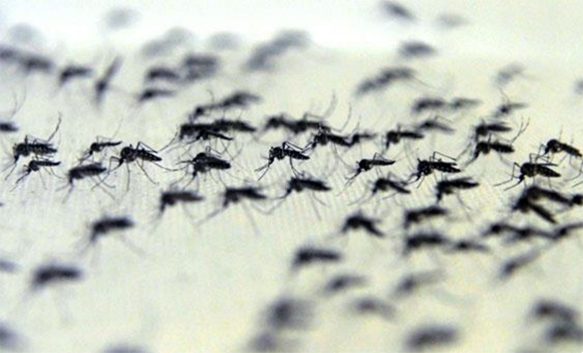Vector-borne diseases
Vector-borne diseases are important causes of morbidity and mortality in Brazil and in the world, being one of the main public health problems. The confirmation of the role of insects and other animals in the cycle of transmission of infectious agents to man and domestic animals occurred only in the late 19th and early 20th century. Vector-borne diseases are defined as those that are not transmited directly from one person to another, but require the participation of arthropods, mainly insects, in the biological transmission of parasites and microorganisms to other living beings. 
In Brazil there are countless vector-borne diseases such as dengue, malaria, Chagas' disease, leishmaniasis, yellow fever, Oroupouche virus, Mayaro, filariasis, West Nile fever, encephalitis, among others. Some of these diseases are widely distributed in the national territory, such as dengue, while others are restricted to certain regions, such as the Oroupoche virus in Pará state.
The life cycle of the vectors, as well as the reservoirs and hosts that participate in the disease transmission chain, is strongly related to the environmental dynamics of the ecosystems where they live, constrained by environmental variables such as temperature, precipitation, humidity, as well as land use and land cover. Evidence suggests that climate variability has a direct influence on the biology and vector ecology and, consequently, on the risk of transmission of diseases.